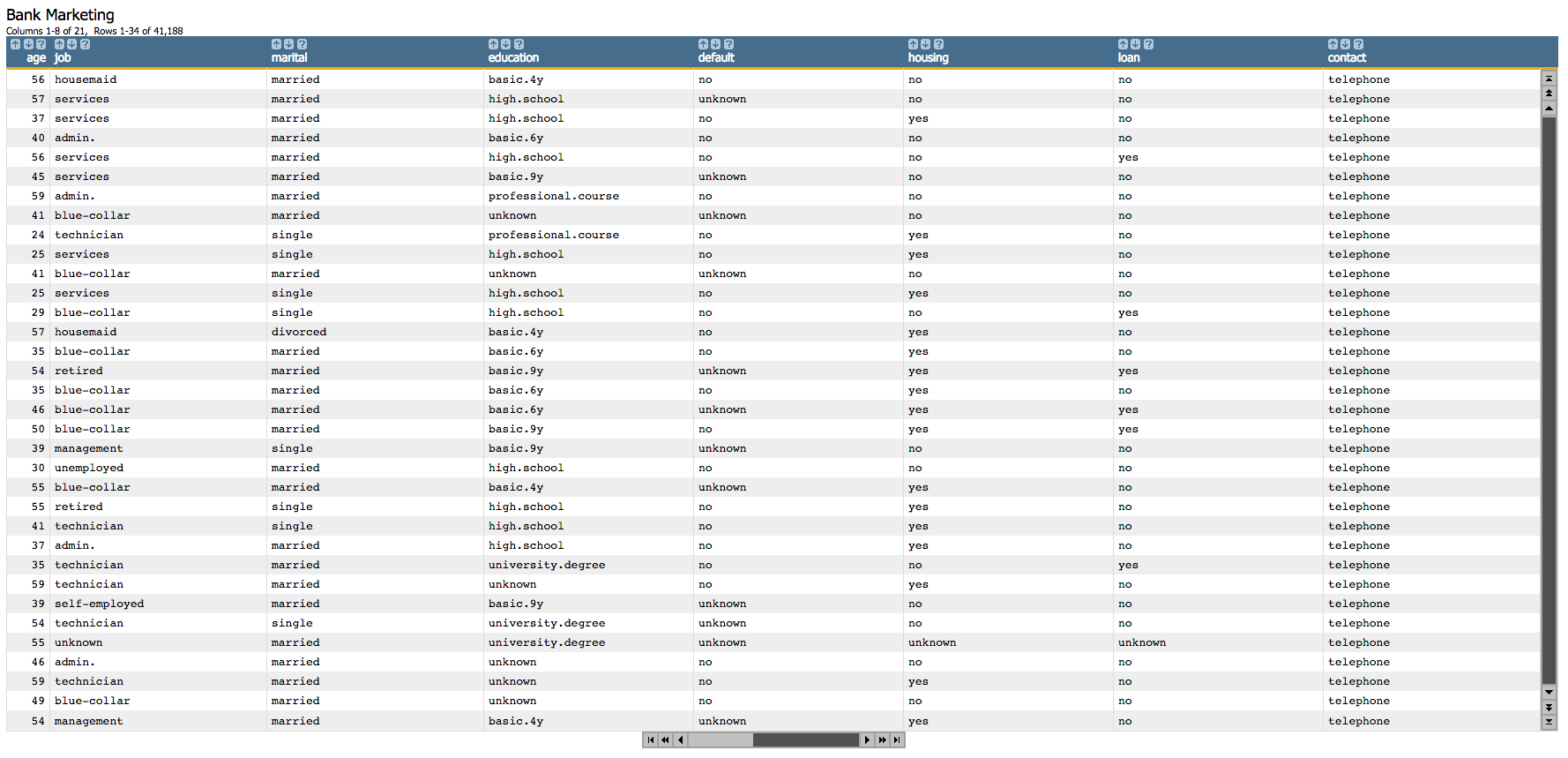
If we provide values for n and r and set power to NULL, we can calculate a power. Results of this analysis demonstrate the strength of the relationship between the two variables and if the dependent variable is significantly impacted by the independent variable. Intuitively, n is the sample size and r is the effect size (correlation). In statistics, regression analysis is a mathematical method used to understand the relationship between a dependent variable and an independent variable. The function has the form of wp.correlation(n = NULL, r = NULL, power = NULL, p = 0, rho0=0, alpha = 0.05, alternative = c("two.sided", "less", "greater")). We can obtain sample size for a significant correlation at a given alpha level or the power for a given sample size using the function wp.correlation() from the R package webpower. 30 (0.24-0.36) is considered a moderate correlation and a correlation coefficient of 0.50 (0.37 or higher) or larger is considered to represent a strong or large correlation. 10 (0.1-0.23) is considered to represent a weak or small association a correlation coefficient of. According to Cohen (1998), a correlation coefficient of. The correlation coefficient is a standardized metric, and effects reported in the form of r can be directly compared. The correlation itself can be viewed as an effect size. Values of the correlation coefficient are always between -1 and +1 and quantify the direction and strength of an association. In correlation analysis, we estimate a sample correlation coefficient, such as the Pearson Product Moment correlation coefficient (\(r\)). Correlation coefficientĬorrelation measures whether and how a pair of variables are related. The R package webpower has functions to conduct power analysis for a variety of model. That is to say, to achieve a power 0.8, a sample size 25 is needed. For example, when the power is 0.8, we can get a sample size of 25. In addition, we can solve the sample size $n$ from the equation for a given power. With a sample size 100, the power from the above formulae is. If we assume $s=2$, then the effect size is. The type I error is the probability to incorrect reject the null hypothesis.

Given the null hypothesis $H_0$ and an alternative hypothesis $H_1$, we can define power in the following way. The power of a statistical test is the probability that the test will reject a false null hypothesis (i.e. Statistical power analysis and sample size estimation allow us to decide how large a sample is needed to enable statistical judgments that are accurate and reliable and how likely your statistical test will be to detect effects of a given size in a particular situation.

If sample size is too large, time and resources will be wasted, often for minimal gain. If sample size is too small, the experiment will lack the precision to provide reliable answers to the questions it is investigating. Performing statistical power analysis and sample size estimation is an important aspect of experimental design. Without power analysis, sample size may be too large or too small.


 0 kommentar(er)
0 kommentar(er)
